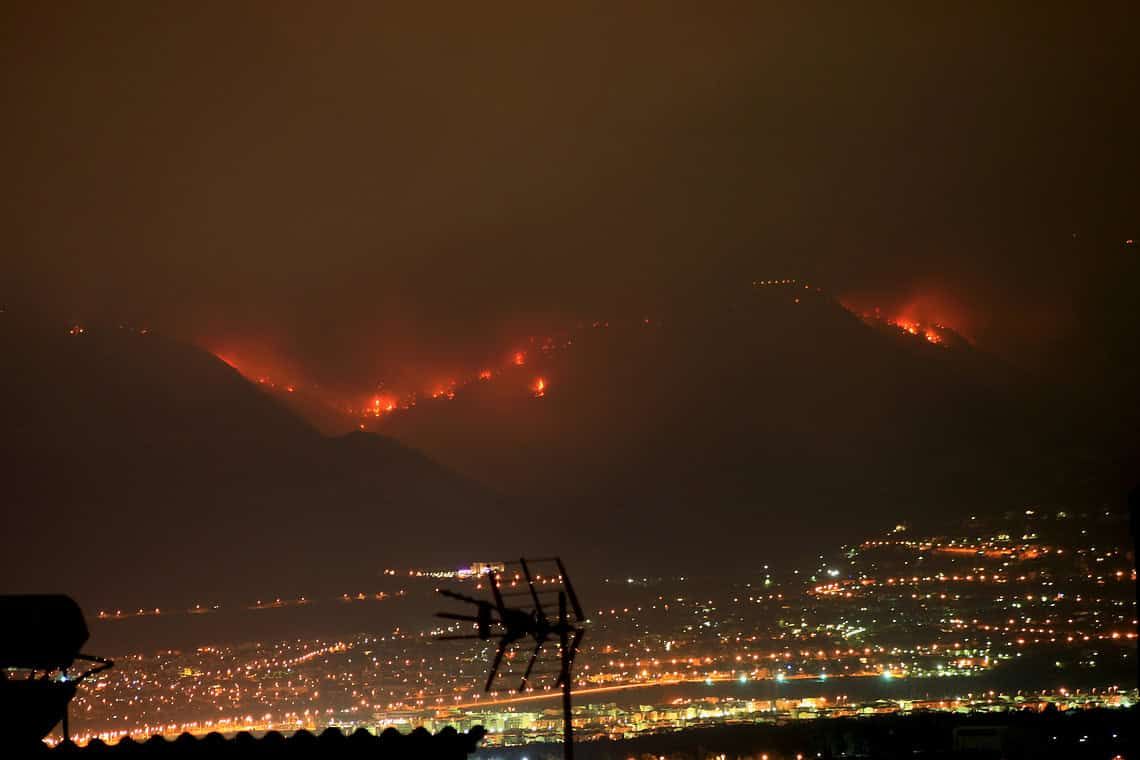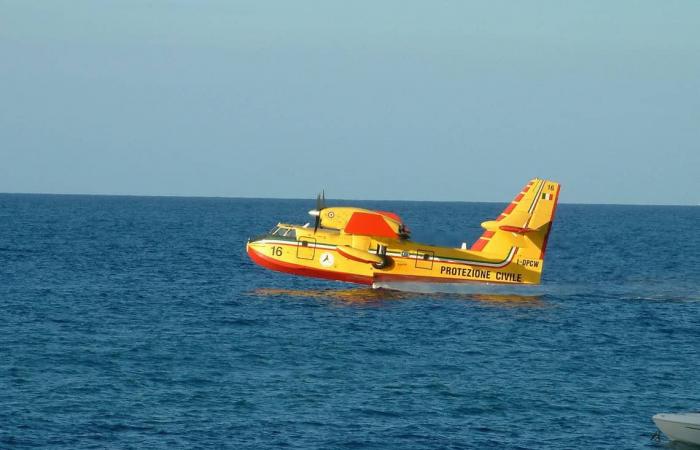As Europe prepares to face summer fires, deploys firefighters and aircraft, a spending plan has been approved by 600 million euros for firefighting aircraft. However, experts warn that such resources could be better spent on prevention. Last year, Europe’s fire season was one of the worst of the century, according to the European Commission.
The fires have devastated beyond half a million hectarescaused mass evacuations and resulted in the deaths of at least 20 people in Greece. Fighting fires is only part of the solution.
“If we only invest in response capacity, we will have to keep investing more and more and risk running out of resources or being overwhelmed by the increase in disasters,” said Janez Lenarcic, EU Commissioner for Crisis Management.
With climate change bringing heat waves and droughts around the world, an increase of up to 30% in extreme wildfires is expected by 2050, according to a report from United Nations of 2022, with increasingly larger and more difficult to put out fires.
Climate change already costs Europe tens of billions of euros a year, and the cost will increase if emissions are not reduced and investments are not made in prevention.
Costs for the planet and for your wallet
Last summer, Europe saw a significant increase in areas burned, producing around 20 metric tonnes of CO2, the equivalent of almost a third of all international aviation emissions in the EU in a year.
The fires caused damage estimated at 4.8 billion euros, according to Distrelec, an energy company that provides early warning sensors for fires. Last year, dry soils, low humidity and strong winds combined to spark megafires so intense that traditional aerial firefighting techniques failed to contain them, forestry experts say.
“Aircraft can help immensely in protecting forces on the ground and property,” said Joao Carlos Verde, advisor to the United States Integrated Fire Protection Agency. Portugal (AGIF). But, he added, “there will come a time when even with all the aircraft fleets available, they will not solve the problem.”
 Prevention is better than cure
Prevention is better than cure
Bushfire experts have been warning for years against the “firefighting trap,” which prioritizes suppression, as with firefighting aircraft, over long-term prevention involving the protection and restoration of forests and peatlands.
The search for World Bank and the European Commission estimates that 1 euro invested in fire prevention save between 4 and 7 euros in damages, but spending leans heavily toward detection and response.
EU countries’ spending on fire protection – both suppression and prevention – has remained more or less stable since 2001 at 0.5% of total public spending, but research from WWF Greece showed that more than 80% of the fire protection budget in Greece it was slated for suppression in 2022.
This triggered a spending review and, although the balance has now improved, the majority of funds continue to go towards suppression.
The Portugal, which experienced devastating wildfires in 2017, achieved a 50:50 split between prevention and suppression spending by 2019, according to AGIF. The agency has streamlined its firefighting and conservation efforts to address the causes of the fires, something Verde recommended for the EU.
Involving communities, particularly in rural areas, is critical to the success of prevention methods, Verde said. “Make people feel like they have an incentive to manage the land… you’ll have fewer fires,” she said. This may prove difficult as EU climate policies, including nature restoration efforts to make forests more resilient to fires, have been criticized by farmers angry over the costs. “Restoring nature must be done,” Lenarcic said, but added that farmers should be supported financially. “But the green transition is vital, of existential importance, for them too.”








